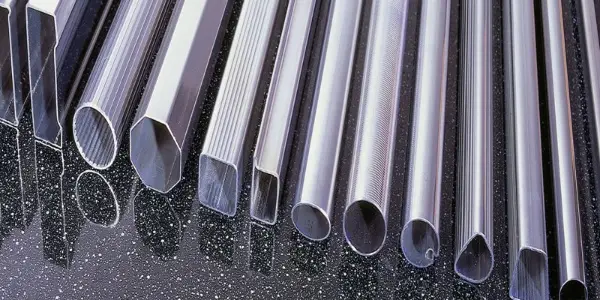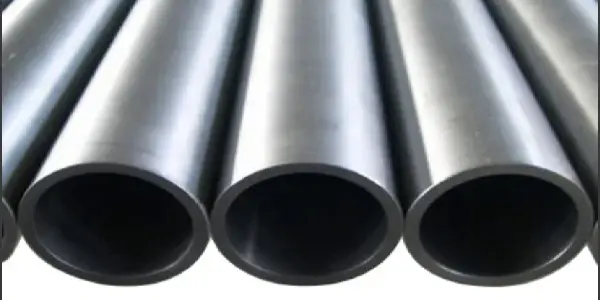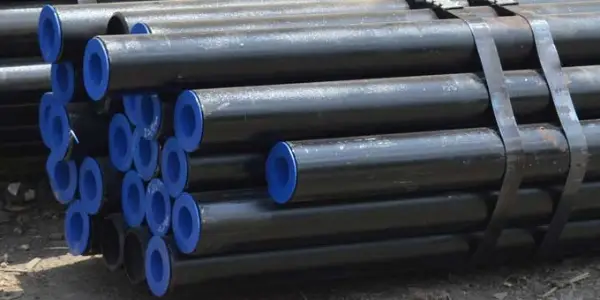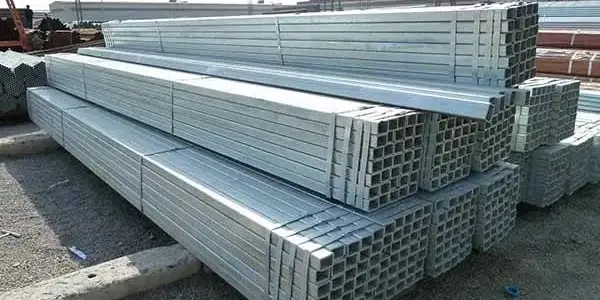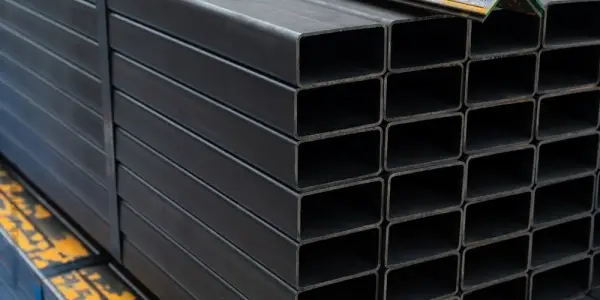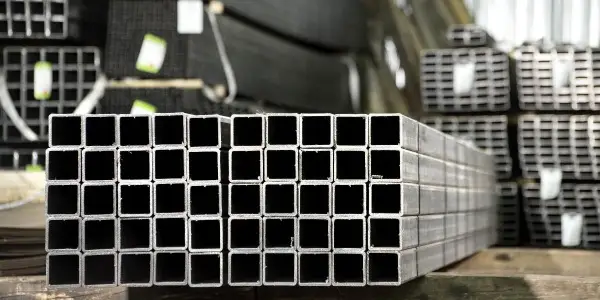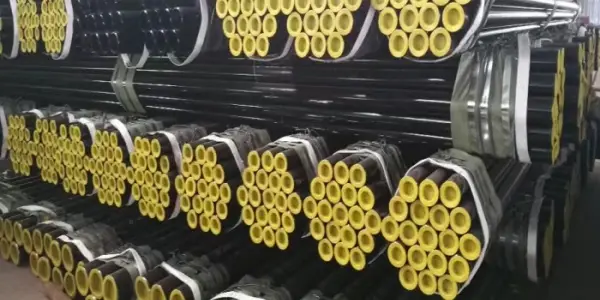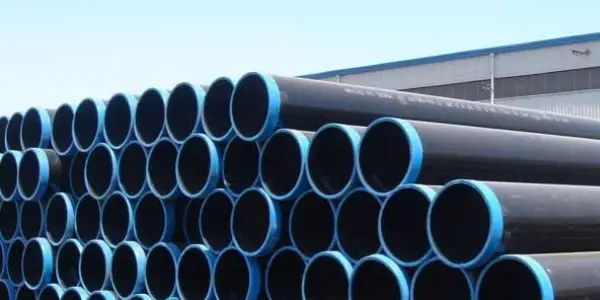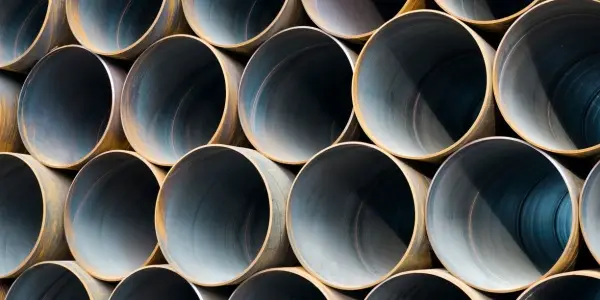-
Hot-Dip Galvanized Spiral Welded Steel Pipe
Hot-dip galvanized spiral welded steel pipe, as a common steel product, is widely used in construction, energy, petrochemical and other fields.
Read More
-
What Are The Benefits Of Using Stainless Steel Pipes For Pipework Installation?
Resistant to air, steam, water and other weak corrosive media and acids, alkalis, salts and other chemical corrosive media corrosion of steel called stainless steel, stainless steel pipe is a hollow long round steel, the main widely used in various industrial pipelines as well as mechanical structural components. The following is an introduction to the benefits of using stainless steel pipe for pipeline engineering installation.
Read More
-
Stainless Steel Seamless Pipe
Stainless steel seamless pipe is the pipe made of stainless steel. It is widely used in industrial and civil fields.
Read More
-
API 5L, ASTM and ASME Are Three Important Standards Some Differences In Pipeline Steel Pipe
With the development of industry, a variety of standards and specifications continue to emerge, of which API 5L, ASTM and ASME are three important standards, which specify some differences in pipeline steel pipe.
Read More
-
ASTM A53 Square Pipe
ASTMA53 square pipe is a commonly used steel pipe product, which is widely used in various fields.
This article will provide an in-depth analysis of ASTMA53 square pipe, including its characteristics, uses, production process and other content, and derive some related knowledge, so that readers have a more comprehensive understanding of the product.
Read More
-
What Does Steel Rhs Mean And How Is Rectangular Steel Identified?
There are many types of steel on the market, each using a different designation. So what does steel RHS mean? What is the identification method of rectangular steel? Let's take a look at it.
Read More
-
European Standard Square Pipe Hss, Rhs, Shs Product Introduction
Square tube is a common structural pipe, widely used in construction, bridge, machinery manufacturing and other fields. European standard square pipe HSS (Hollow Structural Section) is a square hollow structural pipe specified by European standard, which has certain advantages and characteristics.
Read More
-
What Is The Difference Between High Frequency Welded Pipe And Straight Seam Welded Pipe?
Many friends may have heard of high-frequency welded pipe and straight seam welded pipe, but you may not understand what the difference between them. Today Union Steel will give you a brief introduction:
Read More
-
Advantages of ERW High-Frequency Welded Pipe
First, the technical development process of ERW steel pipe at home and abroad
High-frequency welded pipe (ERW) is a hot rolled coil formed by the molding machine, the use of high-frequency current skin effect and proximity effect, so that the edge of the billet is heated and melted, and pressure welding is carried out under the action of the extrusion roll to achieve the production. High-frequency resistance welding method began to be applied to welded pipe production in the 1950s. In the past decade, its production technology is becoming more and more perfect, product quality continues to improve. First of all, the quality of raw materials used in the production of ERW has improved significantly, the steel composition design of low C, low P, S, micro-alloying; smelting process of converter smelting, ladle refining, vacuum degassing, continuous casting and the use of new technologies; rolling process of controlled rolling, control of the use of cooling technology to make large and medium-caliber ERW steel pipe with the appearance of the appearance of the dimensions of the hot-rolled steel strip, appearance and quality, physical and chemical properties have improved dramatically. The second is the large and medium caliber ERW steel pipe. Secondly, large and medium-diameter ERW steel pipe molding welding heat treatment and other processes in the production process to achieve automatic computer control, high-frequency welding process heat input energy along with the computer's automatic compensation system has been effectively controlled to prevent the welding heat input energy caused by low cold welding, false welding and high heat input energy caused by over-burning. Medium-frequency heat treatment temperature control makes the heat treatment process can achieve the best results according to the process requirements, effectively ensuring the quality of the weld and heat-affected zone. In addition, the progress of testing technology, the realization of online or offline full weld ultrasonic or eddy current inspection, hydraulic test can also be monitored in the computer, according to the requirements of the pressure test and pressure stabilization.ISO9000 series of standards and the promotion and implementation of APIQ1 specification, so that the large and medium-diameter ERW steel pipe production, inspection, sales and service is in a whole process of quality assurance. In recent years, countries are actively studying the use of high-frequency welded pipe (ERW) steel pipe instead of seamless pipe and spiral welded pipe, in industrially developed countries, the diameter of high-frequency welded pipe in the Ф610mm below, the proportion of ERW has reached about 70%.
Read More
-
What Do I Need To Pay Attention To The Application Of Spiral Welded Steel Pipe?
The installation and application of spiral welded steel pipe has strict technical requirements, which should be carried out in accordance with the specific situation, and should ensure the quality in accordance with the operating procedures. This type of steel pipe in the usual application need to pay attention to the following aspects:
Read More

 English
English Español
Español




 Tel : +86-18565811709
Tel : +86-18565811709 Email :
Email : 

